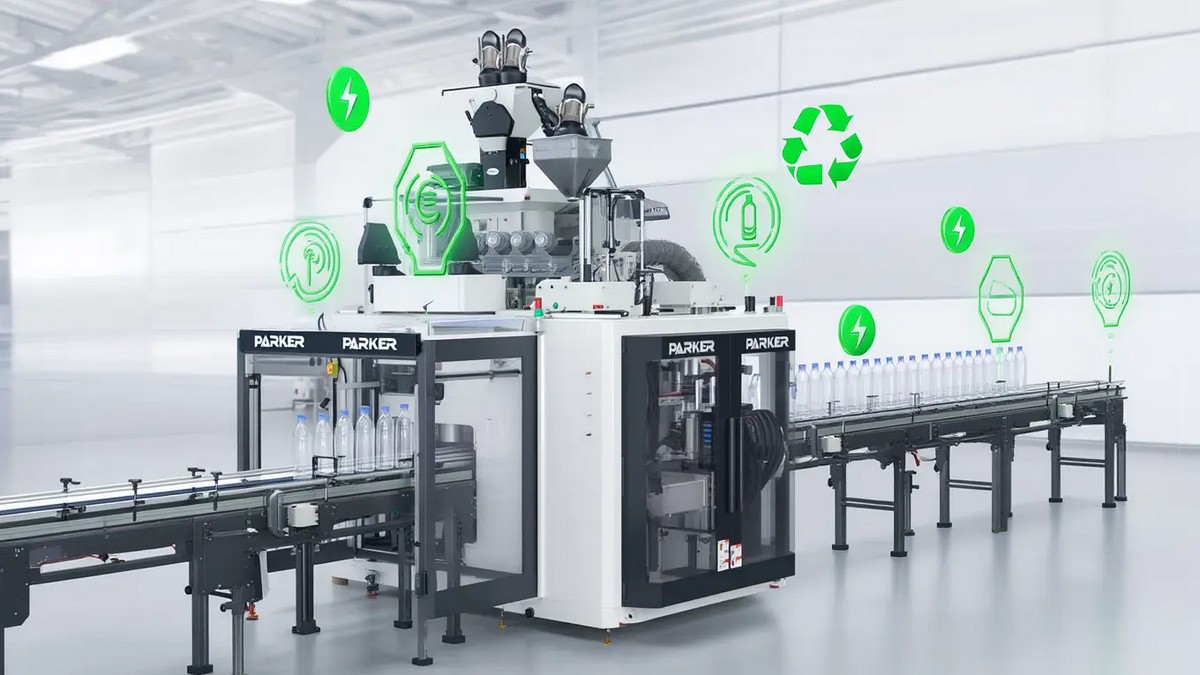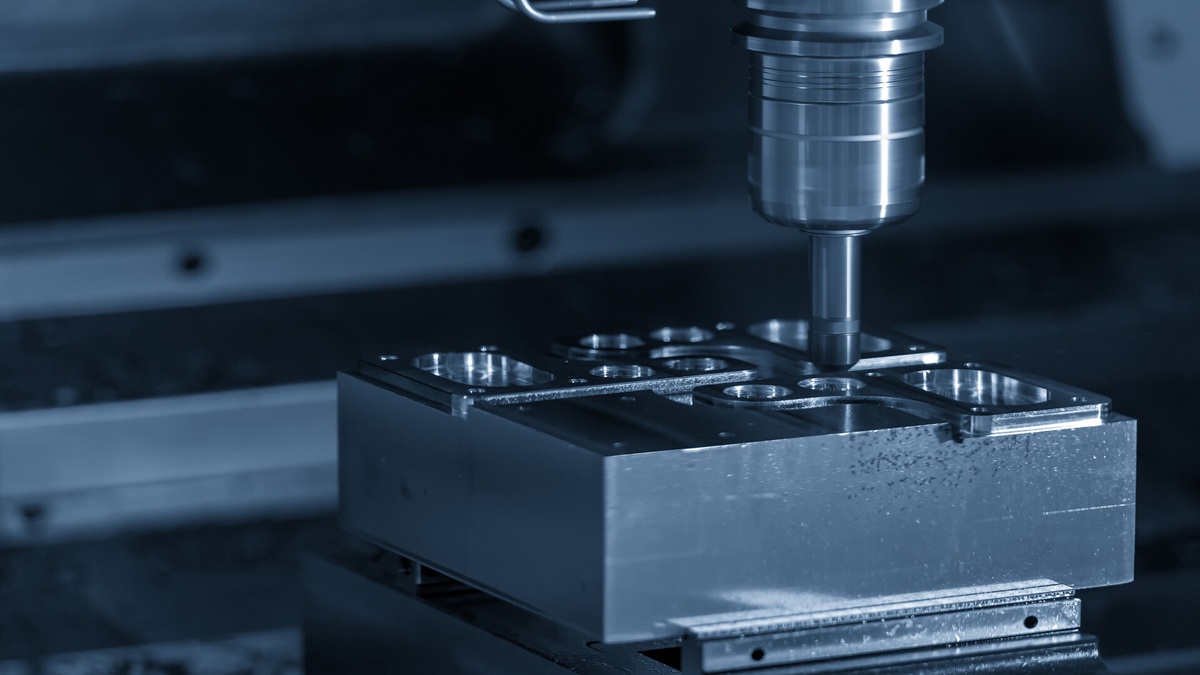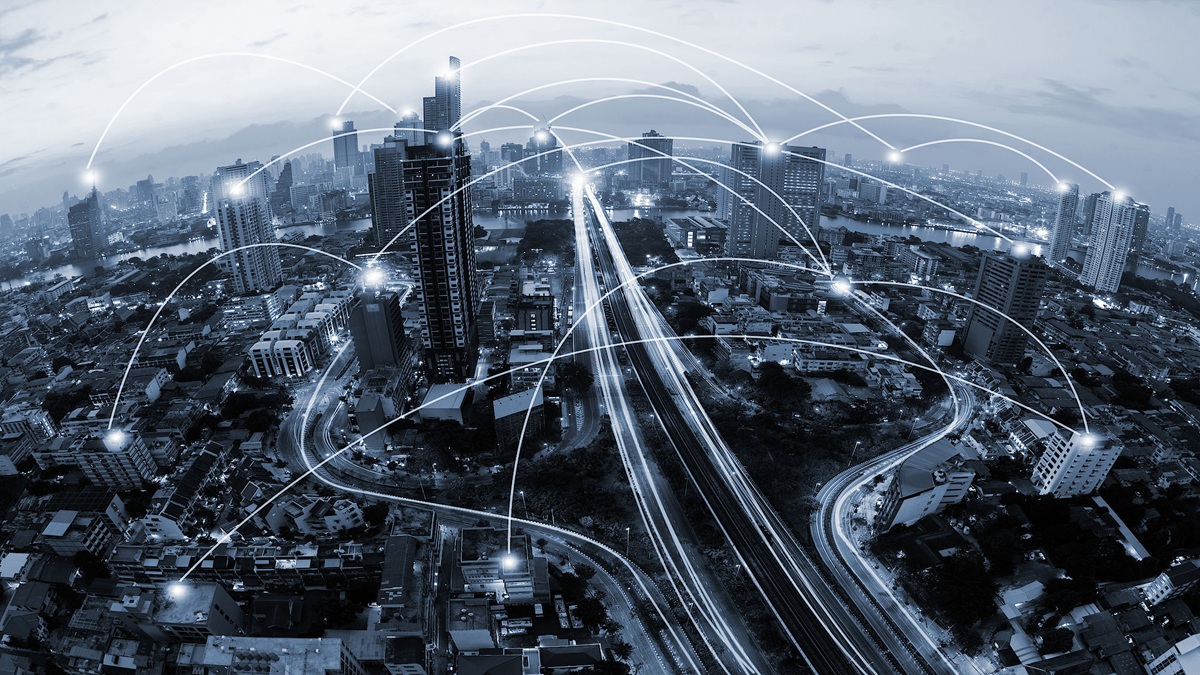In the medical information and communication industry, the development of telemedicine technology and services has been accelerated due to the pandemic. Health Information Technology refers to health information and its secure and reliable exchange between consumers, service providers, governments, quality groups, and insurance agencies.
Overview of the Medical Industry Sector:
The medical industry includes biopharma, healthcare IT, physicians, dental and rehab practice, behavioral health, biopharma services, diagnostic lab services, diagnostics manufacturers, specialty physician practices, home care and hospice, medical devices, and hospitals and health systems.
The Transformation of the Medical Industry:
Integrating medical technology with information technology, to improve efficiency and innovate business models, has become a key to the future of the medical care industry. As the medical care industry pays more and more attention to data, precision medicine will also become a hot topic for digital applications. Using digital transformation to digitize the medical field, transform disease prevention, improve health through technology, and create a consumer-oriented medical care environment, will play an important role in the transformation of today's medical health care.
Smart healthcare is developing in multiple directions. The amount and range of medical data being collected and stored is growing rapidly. At the same time, new ways to use and exchange this data are being created that can greatly improve the efficiency of health care. New platforms for data exchange are being developed to help medical institutions interface with external platforms, such insurance or health management companies. Health IT is playing an important role in the transformation of the medical industry.
What is Health Information Technology (Health IT or HIT)?
Health Information Technology (HIT) refers to the vast array of technological tools used by doctors, nurses, health managers, patients, insurance companies, government entities, and others to compile, store, analyze, and share health information. Health IT tools include electronic health records (EHR), personal health records, electronic prescription services, health-related smartphone apps, and more. Health IT contains a range of medical information specific to an individual patient, encouraging direct communication between providers to assess all aspects of a patient's life, from diet and exercise to genetic predispositions, so they can better assess and advise.
Health IT (Health Information Technology) deals with the IT field of the design, development, creation, use, and maintenance of information systems for the healthcare industry. Automated and interoperable healthcare information systems will continue to improve healthcare and public health, reducing costs, increasing efficiencies, reducing errors, and increasing patient satisfaction, while optimizing reimbursement for outpatient and inpatient healthcare providers.
Types of Health Information Technology:
EHRs are a core component of a healthy IT infrastructure. An EHR, or electronic medical record, is an individual's official digital health record and is shared among multiple healthcare providers and agencies. Other key elements of a health IT infrastructure are the Personal Health Record (PHR), which is a person's self-maintained health record, and the Health Information Exchange (HIE), a health data clearinghouse or group of healthcare organizations. With smartphones and other mobile devices, PHRs will grow in popularity over the next few years as consumers become more receptive to digital health information. Therefore, PHR needs to be further integrated with EHR technology.
As healthcare organizations now have vast amounts of patient information, data analytics is playing a bigger role in day-to-day operations. The ability to aggregate patient information, analyze it, and then treat based on the results is ideal for population health management (PHM) and value-based healthcare.
In addition to EHR, there are other important health IT technologies. Picture Archiving and Communication Systems (PACS) and Vendor Neutral Archiving (VNA) are two widely used types of health IT that help healthcare professionals store and manage their patients' medical images. In the past, radiology has been the primary repository for medical images, but PACS and VNA are integrating radiology into the main workflow in hospitals. Other specialties, such as cardiology and neurology, have also become mass producers of clinical imaging. In some cases, VNAs are installed to consolidate image data stored in different departmental image repositories in a multi-facility healthcare system.
Improvements in medical technology, including patient portals, are nothing new but are gaining a second wind in hospitals and physician practices thanks to more consumer-friendly designs. In the early days, the patient portal was where patients could view upcoming visits and potentially view raw lab test results. In contrast, modern portals provide more context for patient care. These portals allow patients to securely communicate with their doctors, pay bills, check services allowed by insurance plans, download full medical records, order prescriptions, and potentially interact with chatbots for other services.
Portals can integrate with telehealth systems, enabling secure video conversations between patients and providers. With the increased ease and convenience of videoconferencing, telehealth will become an essential part of the healthcare experience for patients who may need to talk face-to-face with a doctor or nurse but don't necessarily need to visit a hospital.
Recent innovations in health IT technology include greater use of application programming interfaces (APIs) to improve interoperability, the ability to access and interact with health data through mobile devices, and further explore better recording and access of healthcare data.
Security and Privacy for Health IT:
HIPAA's security and privacy rules have long guided healthcare organizations to provide patients access to their medical records while also protecting that information. In response, traditional health IT systems are now often integrated with data security and cybersecurity technologies. Employee education is also part of the solution, as human error can lead to data breaches. Federal guidelines for record collection and sharing, as well as digital security to protect patient privacy, are required. They must be maintained and stored securely to prevent any invasion of privacy.
Health IT Boosts Job Growth:
As in many industries, IT managers and chief information officers (CIOs) in healthcare organizations have grown in authority as technology becomes more popular. The U.S. Bureau of Labor Statistics estimates that demand for medical and health services managers will grow 17 percent through 2024, much faster than the average for all occupations. The median annual salary reported by the BLS is $94,500.
The increasing status of informatics is directly related to the expansion of health IT. Under Health Informatics and its variants, professionals co-manage and research health IT and patient data. Informatics may have an IT background or a clinical background, but in both cases, these people combine science, medicine, and IT. For example, a clinical informaticist could be someone with a bedside nurse background who could transition into an IT-based role. In addition, several practicing physicians and nurses have become experts in health IT and patient data matters. While these clinicians remain firmly engaged in patient care, they can more easily discuss care and patient needs and available technology options with IT. In a broader sense, health IT has impacted every clinician trained in an EHR or telehealth system, and using the technology has become a core job skill.
What are the Benefits of Health Information Technology?
While electronic medical records cause clinicians to spend more time entering data than talking to patients and create burdensome federal regulations, there is broad consensus on the benefits of health IT. These advantages include:
- The ability to use data analytics and big data to effectively manage population health management programs and reduce the incidence of costly chronic diseases.
- Use cognitive computing and analytics to perform precision medicine (PM) for individual patients.
- The ability to share health data among academic researchers to develop new medical treatments and drugs.
- The right of patients to access and use their health data and to collaborate with clinicians in their care.








.jpg)
.jpg)
.jpg)

.jpg)

點-m-90454917_m.jpg)